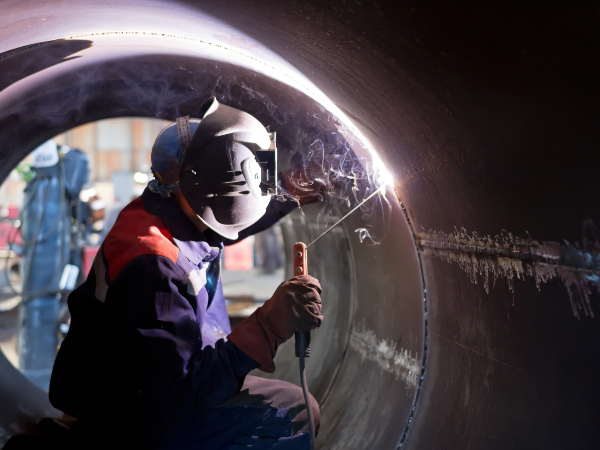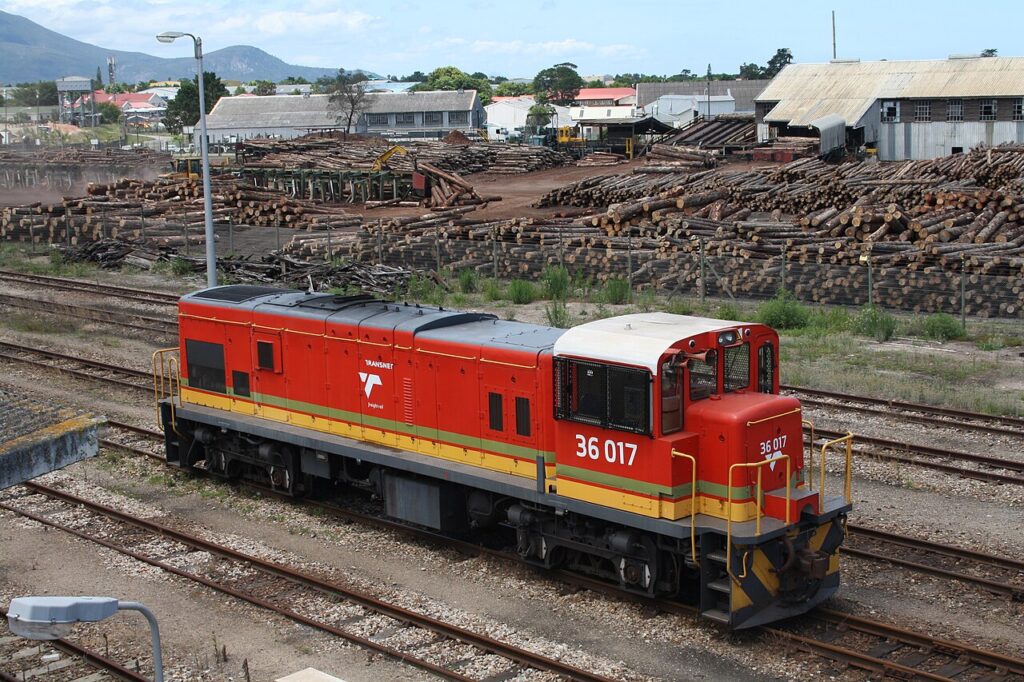Advanced welding technologies are transforming resource utilisation and sustainability in high-cost industries. Techniques like submerged arc welding (SAW), cold metal transfer (CMT), and laser welding allow for precise repairs with minimal material removal, extending equipment life and reducing environmental impact.
This shift from replacement to repair supports a circular economy, aligning with sustainability goals by minimising waste and promoting local repair services. Consider the stark contrast between the disposal of a smartphone and the decommissioning of an industrial machine. Smartphones are often replaced prematurely due to fashion trends, even when fully functional. In contrast, industrial machinery, frequently comprising massive components like 20-30 tonne shafts, demands a more sustainable approach. Scrapping and replacing these components necessitates significant energy and resources for smelting, manufacturing, and transportation, which must often be imported.Conversely, repair often involves adding only a few kilograms of welding material, extending the service life of the component by another decade or more.

Localised locomotive repairs can be a turning point for rail
A prime example of the success of this approach in South Africa can be seen in the repair of locomotive crankshafts. Once the crankshafts are excessively worn, these critical large components, up to four metres long in a 16-cylinder engine producing over 2,200kW, were previously replaced entirely, typically with imports from the United States. Local engineers developed and tested a submerged arc micro-welding (SAMW) technique in the early 2000s, minimising heat input and distortion to successfully repair these crankshafts with phenomenal proven reliability and a zero-failure record. Notably, the original equipment manufacturer initially resisted this repair method, fearing loss of revenue.Transnet approval
However, the rail operator, Transnet, recognised the value and functionality of the repaired crankshafts and approved the process. This successful venture has not only reduced repair costs for the rail industry but also fostered local expertise, and reduced reliance on imports.Building on this success, welding repair techniques have expanded to encompass a wide range of industries, from repairing small pumps to refurbishing massive turbines for the power generation sector.The key lies in selecting the most appropriate welding technique for each repair, minimising invasiveness and ensuring the repaired component will function as effectively as the original.
Overcoming the challenges of traditional welding
Historically, welding was perceived as an aggressive process, with high heat input leading to distortion and potentially rendering components inferior.However, advancements in welding technology have mitigated these challenges.
Techniques such as SAMW, which minimises heat input and distortion, have enabled the repair of previously deemed irreparable components. We now have welding techniques that render the component stronger with the same fatigue life after the weld repair. Such innovation has not only reduced repair costs but also empowered South African industries to localise critical maintenance tasks previously reliant on imports.CMT opened more opportunities
The emergence of CMT and laser welding, with their even lower heat inputs, has further expanded the scope of repairable components. These technologies enable precise repairs with minimal heat-affected zones, minimising the risk of embrittlement in the material, further reducing distortion and ensuring the integrity of the repaired component.Alongside extending equipment lifespan and reducing material costs, these advanced welding techniques also contribute to improved operational efficiency.In high-value rotating equipment, conventional welding methods can introduce stresses and distortions that lead to premature failures but by employing more refined techniques, industries can minimise downtime and ensure the continued reliable operation of critical machinery.










